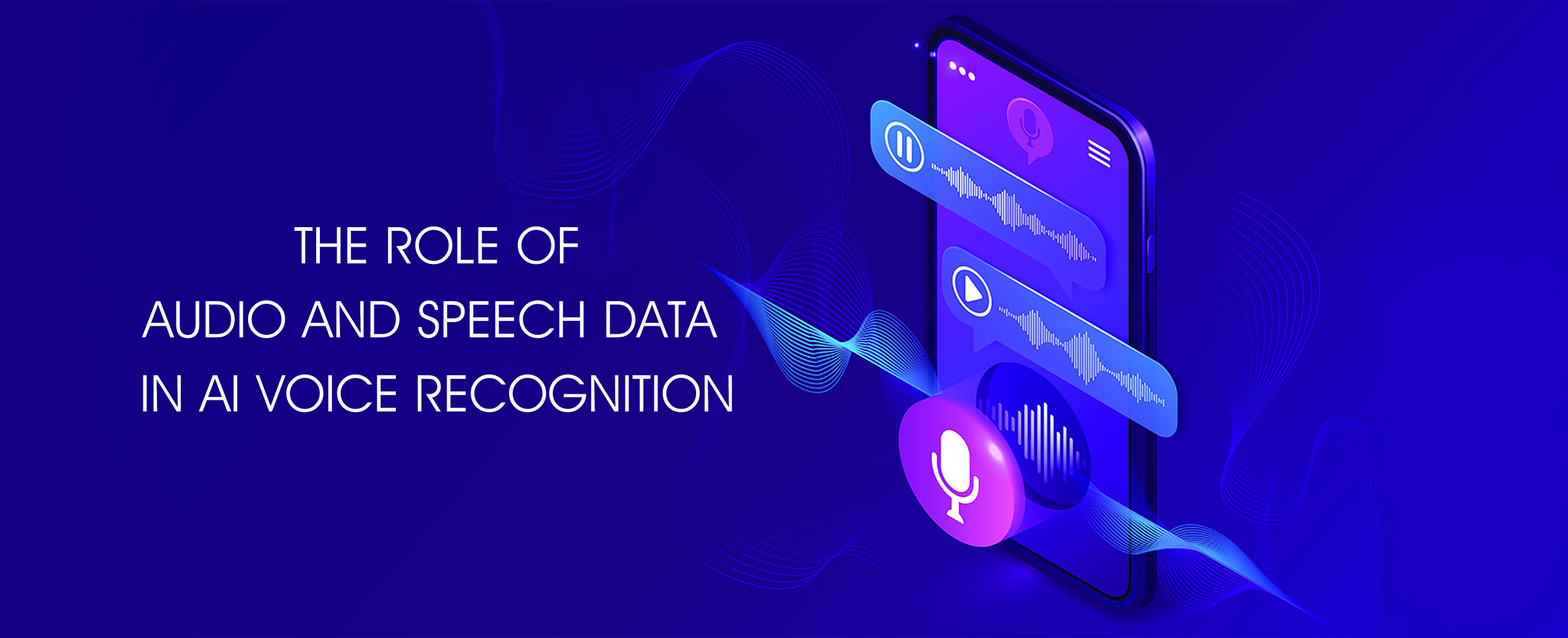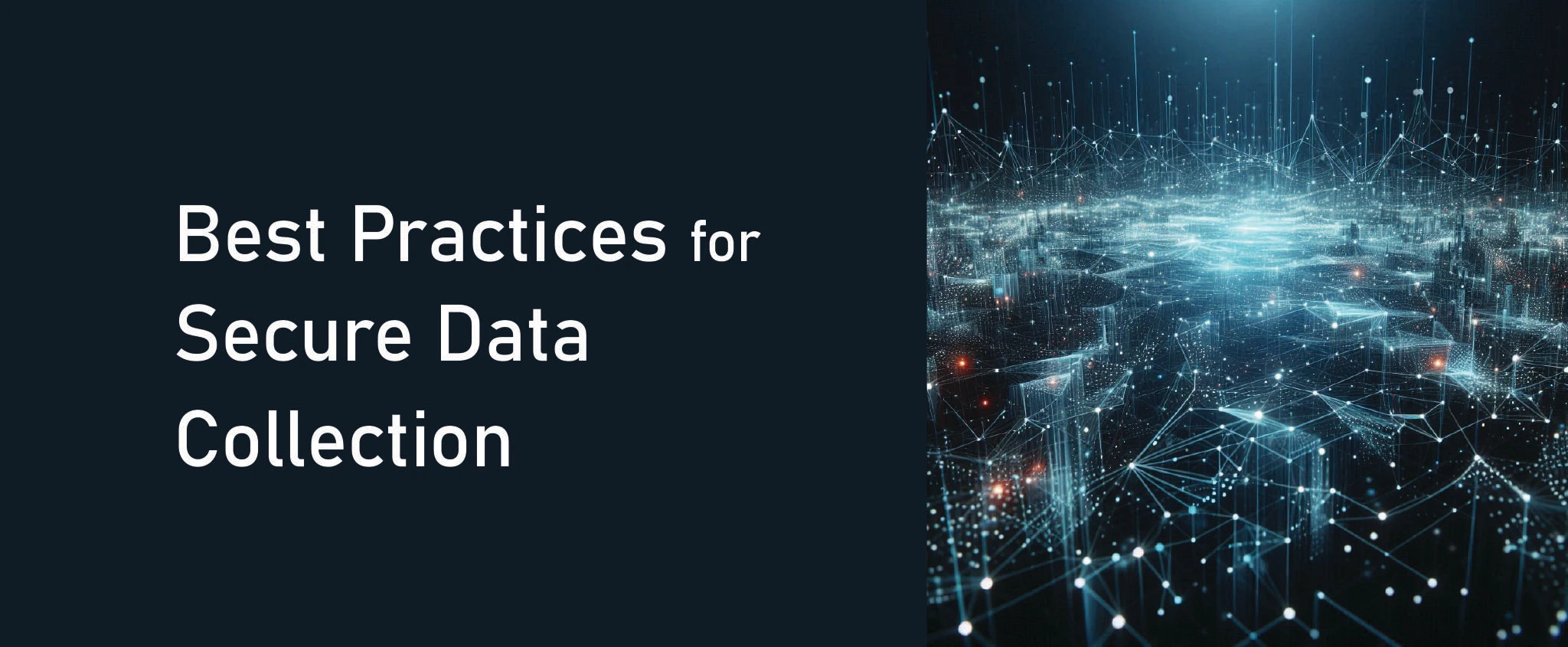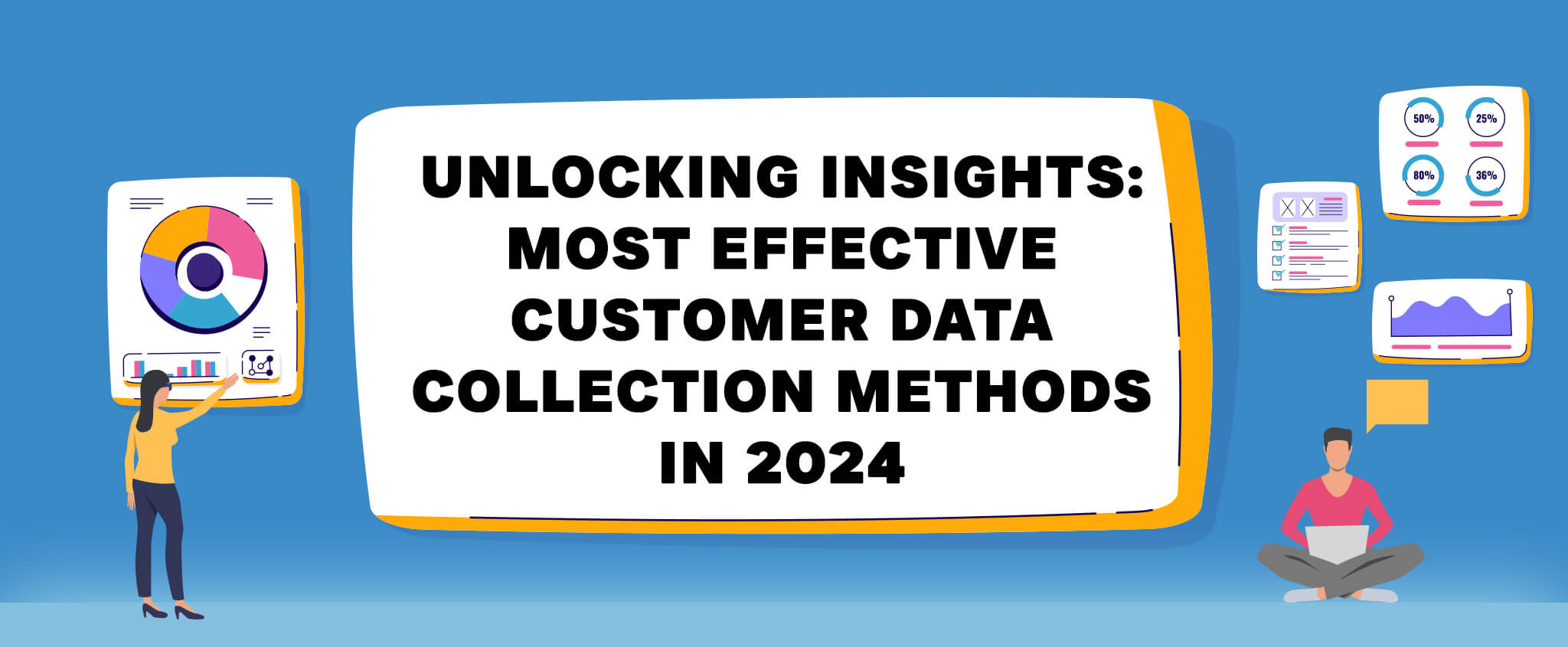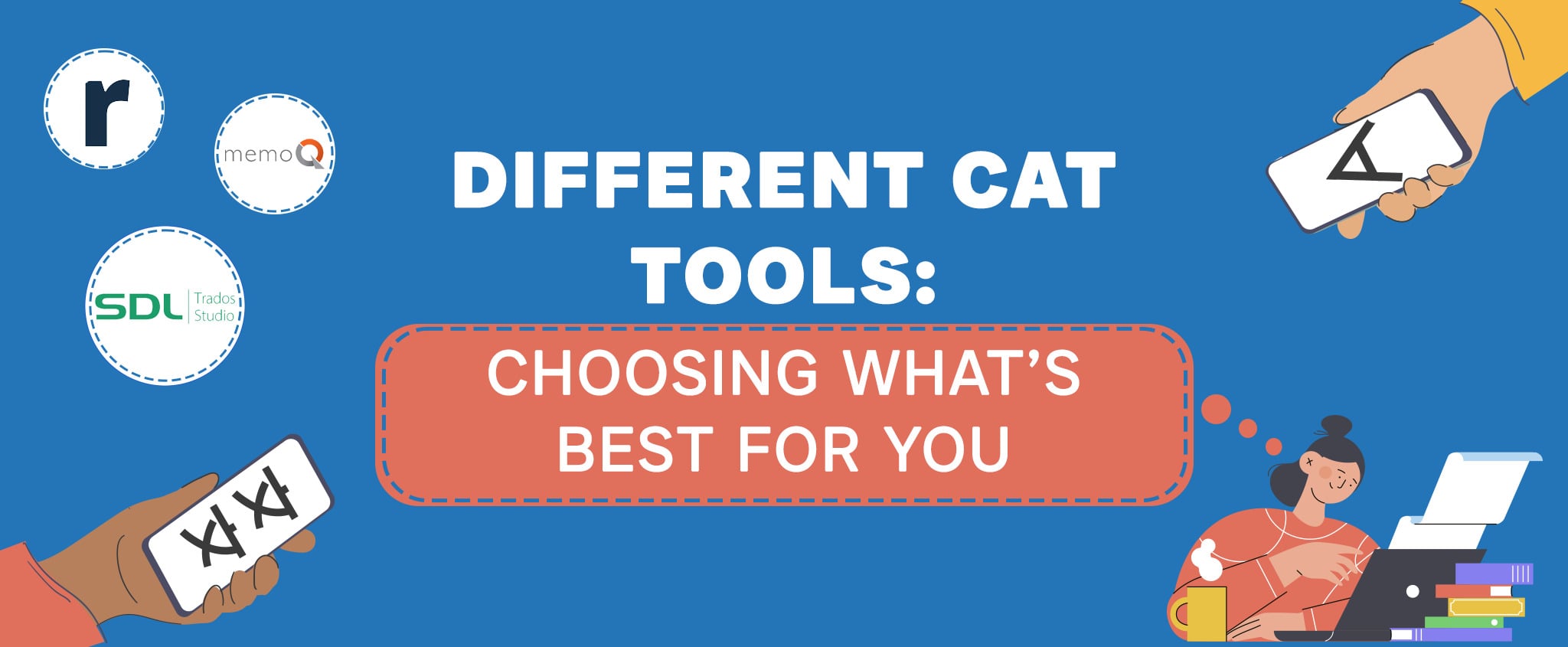The Role of Audio and Speech Data in AI Voice Recognition
Technology has become a necessity in today’s society. People cling to new advancements that make their daily lives easier. An example of this is speech recognition. With speech recognition, people can easily unlock a door, search online through a voice assistant, detect suspicious behaviors in one’s account, and many more. But what are the building blocks of speech recognition and how does it come to be?
Voice Recognition
Voice recognition has long been changing lives since it was invented. People have been using voice recognition for about anything from unlocking their phones to navigating when traveling. But how does voice recognition work and what is the technology behind it?
Voice recognition is a standalone software program or a hardware device that can decode and understand the human voice. It works by scanning the aspects of speech that differ between individuals. The process for voice recognition is not as easy as it seems. For the software or device to be able to acknowledge and process voice command, it underwent several processes like machine learning, deep learning, and artificial intelligence. These processes use audio datasets to analyze and learn different speech patterns as well as emotions.
The Role of Audio and Speech Data
Audio and speech datasets are the backbone of machine learning, deep learning, and AI. They all use audio and speech datasets to achieve a well-defined voice or speech recognition system. Audio and speech data are processed through natural language processing (NLP). NLP is a branch of Artificial Intelligence (AI) that helps understand, comprehend and manipulate human spoken language. It deals with extracting the data and information from big datasets. The evolution of natural language processing has made speech recognition possible today as it structures an unstructured human speech data source.
Audio and speech data is one of the datasets analyzed by computers to achieve seamless communication between humans and machines. Multilingual audio and speech data are collected by several AI and speech analytics companies and process the information for machine learning. Machine learning enables the data to be understood by computers for further processing.
Speech data are voice recordings of human speech. It is primarily used in feeding machines what they need to learn for AI to progress in training a speech or voice recognition system. There are several types of audio and speech data present today that are used in different speech recognition systems. The three most common types are scripted data, scenario-based data and conversational data.
Most Common Types of Audio and Speech Data
Scripted Audio and Speech Data
This type of data uses pre-made scripts such as voice commands or premade command-type captures. It is used when the purpose of collecting the audio data is for varying speech samples based on how they are said.
Scenario-based Audio and Speech Data
A scenario type of speech is exchanged by two speakers. It can be scripted or non-scripted but the topic is based on the needed voice data. It is used when the purpose of collecting data is to train the computers using machine learning in AI applications to capture different dynamics for multi-speaker conversation.
Conversational Audio and Speech Data
This type of data is a conversational speech exchanged by two or more speakers. It is used when there is a need to feed speech data for AI applications.
CCCI’s Audio and Speech Data Collection Service
In the 21st century, most industries integrate their services with AI, Machine Learning, and Deep Learning. As the demand for voice recognition in different markets rises, so does the demand for their system to identify and feed on different voice and speech data that they can use to make their tech smarter.
To keep up with what the world of technology demands and as a language service provider company for over ten years, CCCI offers an audio and speech data collection service that not only records voice data but also transcribes it into text. We offer this service for over 30 European and Asian languages in almost all market industries.
How we record audio data
Our team of language experts records the speech data based on a given script or topic using trusted recording tools. The recorded speech will then undergo quality checking and transcription. After all the necessary checking, our team sends it to the clients. With this service, we help in globalizing companies to enter different local and foreign markets.
Data Collection for the Future Generation
Audio and speech data may sound simple but in fact, it’s a very complex dataset to parse and understand. It plays a significant and relevant role in the future generations to come.
If you want to enhance your voice and speech recognition system, contact us here or email us at hi@ccci.am. We also provide multimedia data annotation services.
Read also – How businesses can benefit from audio data collection, and 5 ways to customize your speech data collection project.






